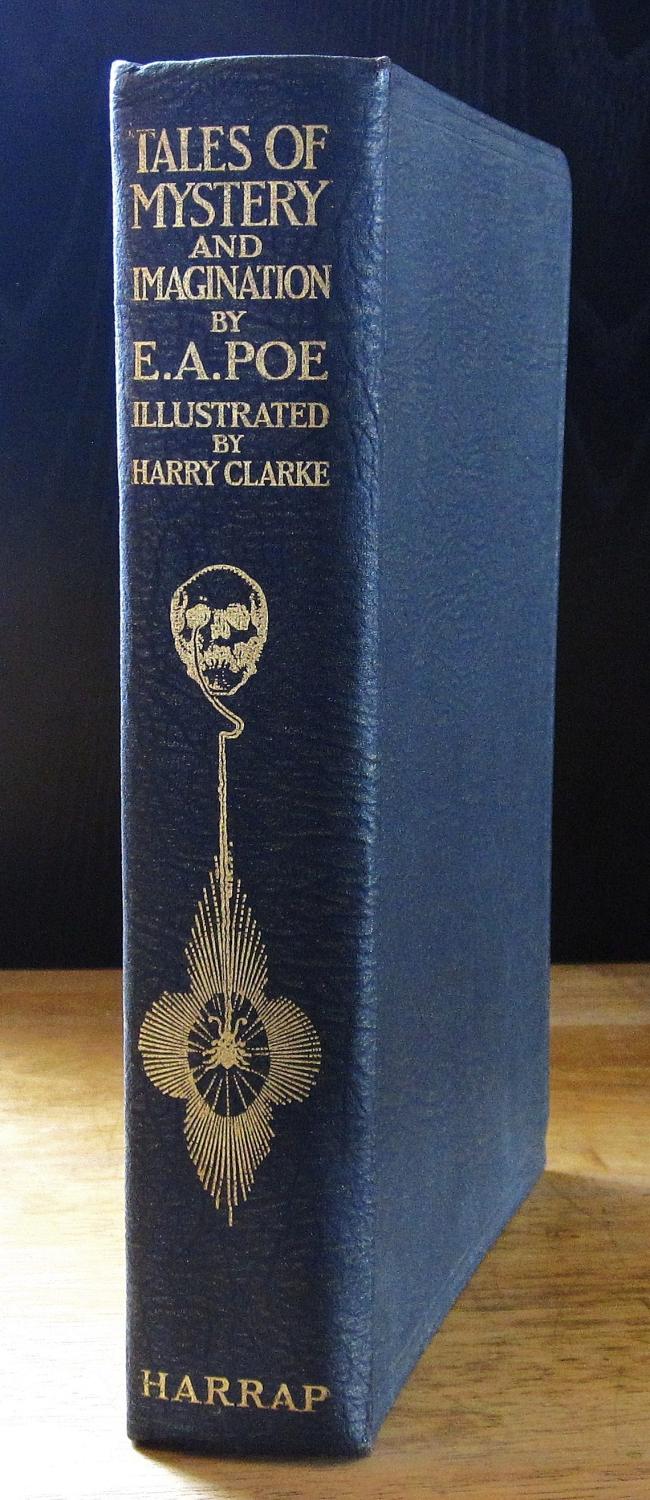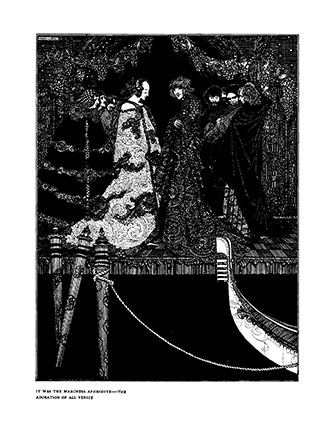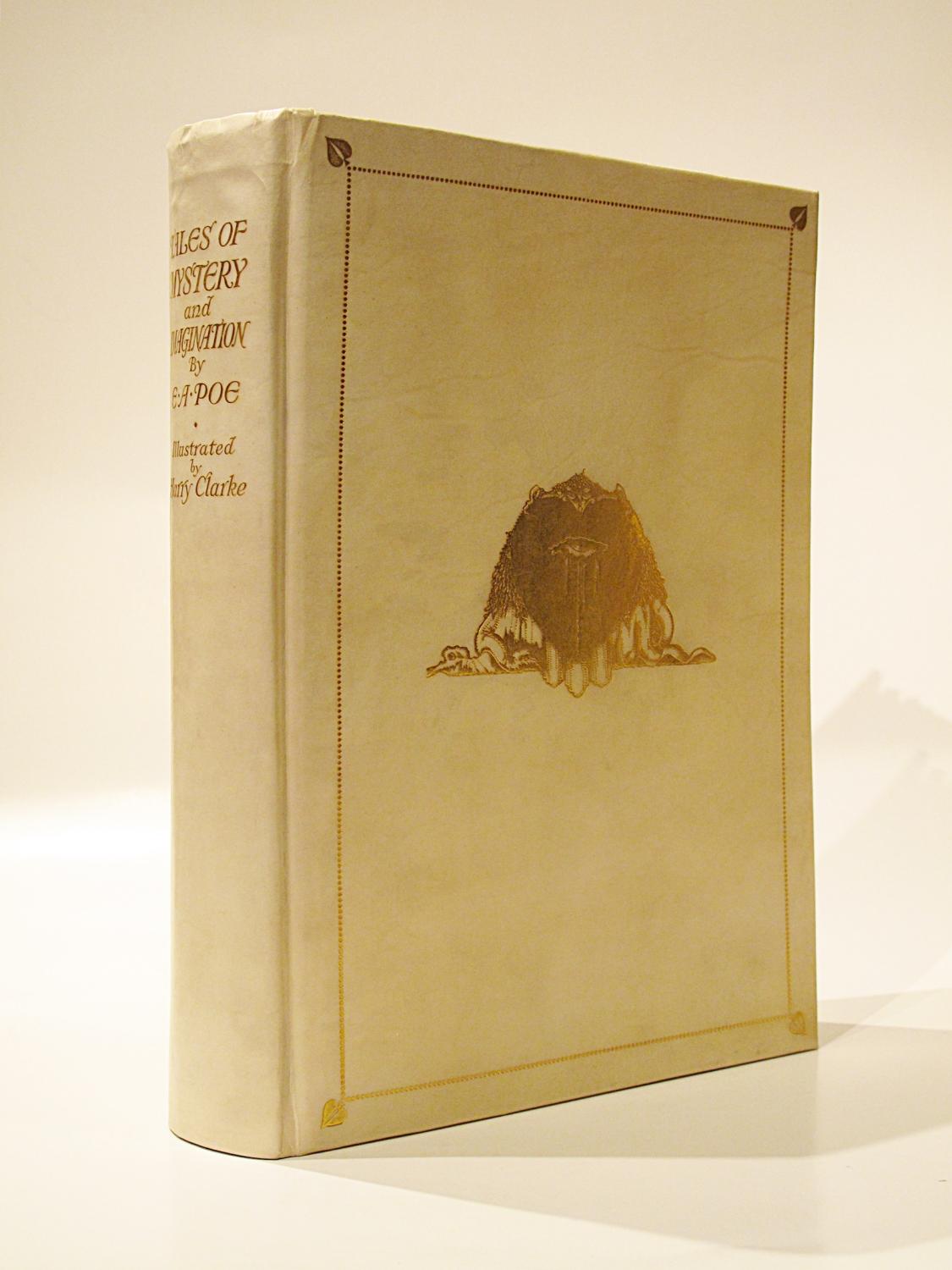

She writes that the abjection of self “simultaneously beseeches and pulverizes the subject, one can understand that it is experienced at the peak of its strength when that subject, weary of fruitless attempts to identify with something on the outside, finds the impossible within” (5).

Julia Kristeva terms this state of horror abjection. This horror is a psychological phenomenon that occurs at the intersection of human and monster, as the subject is overcome or “infected” by monstrous vice and the boundaries between self and object, interior and exterior, seem to collapse. The following chapters plot moments in Book I when the tropes of these texts are revised with the intention of portraying an essential state of horror within the subject. When these portraits are thrown into relief with Spenser's monsters, we see the poet's unique manipulation of the cultural notions presented in these texts.

This thesis is concerned with the way Spenser revises the characteristic tropes of these early modern texts to present monstrosity in his own distinct way. The influence of early modern medical texts that anatomized such creatures, and historical chronicles that attempted to explain the “unnatural” aspects of the natural world, can be traced in Book I of Edmund Spenser's Faerie Queene. The fascination with grotesqueries and objects of wonder was a curious preoccupation of the learned elite of the Elizabethan court. The 16 th century marked an explosion of interest in “true” accounts of monsters and monstrous births in early modern England.


 0 kommentar(er)
0 kommentar(er)
